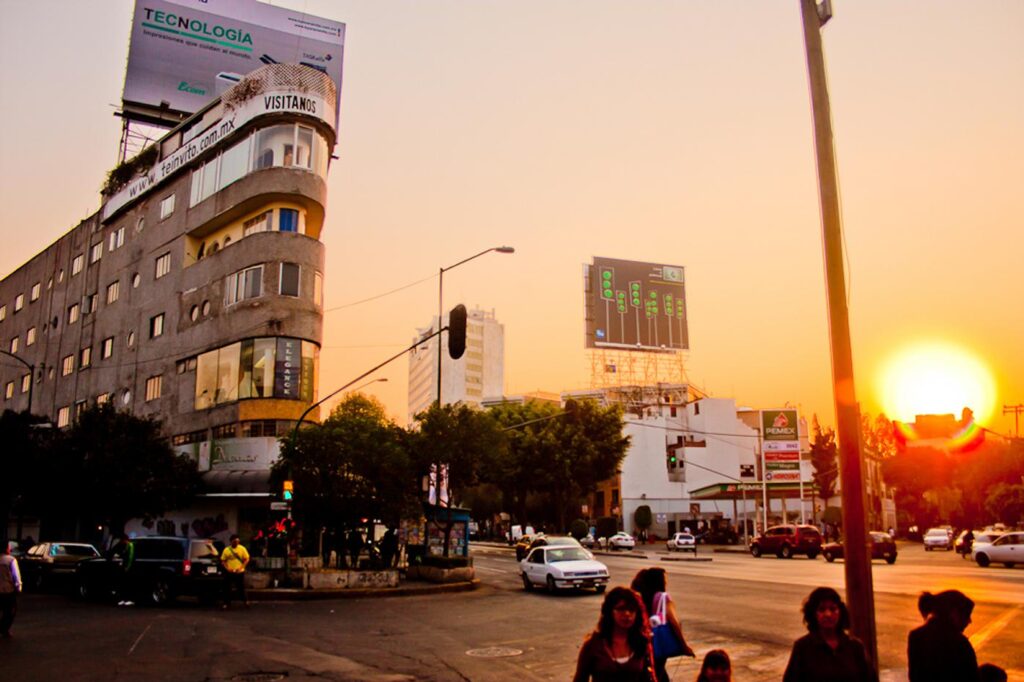Welcome to Photations NFT! New NFT digital collectables and NFT discounts will be announced on this Site.
Our NFTs are sold on Open Sea
NFT Announcements
-
Photations Pixel Art SET 1
SET 1 of Pixel Art from Photations. Learn more about stories behind each piece of artwork.
-
May Web Hosting Fundraiser

80% off our NFTs on Open Sea as part of the May Web Hosting Fundraiser
-
Alaska Photations Collection NFTs

Alaska Photations Collection NFTs and Short Film available now/
What is a NFT

An NFT stands for a non-fungible token. Its purpose is to create a digital item that is unique and there is only one of. The problem with digital items is that you can copy a picture and it is the exact same file. You can share that file and the person you share it with would have the exact same file. If it was a good copy you wouldn’t be able to tell who the file came from or who the original creator was. There is no way to authenticate who the original creator was.
In the physical world, cash has to be authentic. You can not have a 1 dollar bill in two places at once. No matter how good a forgery it would still not be two physically same dollars. It would be the original one and a second good copy. This means that I can not give you one dollar and then the market the same dollar and still keep the same dollar. I gave you one dollar and I can not spend that dollar a second time.

Online banking uses digital currency to do the same thing. Your credit/debit card has a number that represents the amount of currency you have. If you have ten dollars in your account and you buy 10 dollars worth of ice cream you can’t go and get ten dollars worth of burritos and still have 10 dollars in your online credit/debit account. You would be overdrawn by 10 Dollars and owe it to the bank.
NFT is a way to apply the same notion of ownership from the physical and online banking system into digital assets. Photography, written works, digital art, 3D digital sculptures, computer generated images. A NFT is a unique code that is incorporated into the digital file. There can only be one code. If the file is copied it would not line up and not have the same code. Just like an online bank you can’t spend your account balance twice, you can’t copy an NFT twice and have it be authentic. It would be a forgery and easy to prove.

NFT’s ties into a block chain. A block chain is a public database. It is used in crypto currency. Because it is a public database everyone has access to it. Any time an NFT is created it is added to the database and checked that there are no other assets who have that code. Each copy of the database is shared between hundreds of thousands of people and are constantly synchronized and up to date.
The unique identifier in an NFT which is like the serial number on a physical dollar bill not only makes the NFT a unique digital file. But the block chain also stores who owns that serial number. You can not have a block chain item without an owner. When a NFT is created the creator is the first owner and it is registered on the block chain and synced with every user who has downloaded and access to the blockchain. If another user tries to register the same NFT with the same identifier but different owner the entire block chain will reject it and it will not be an NFT.
In order to transfer ownership of an NFT the owner can send ownership to another person to receive. The block chain and everyone on the block chain records that that NFT is now owned by another person. This way there is a history of who owned it and who is the current owner. NFT’s are usually purchased. The customer would request to buy the digital file NFT, then the owner would have to agree to the price and authorize it. The authorization is the process of documenting to the public database block chain that the customer is now the new owner. Like before you can not upload two NFT’s so the original owner is marked as no longer having the original NFT. It has been transferred to the new customer.
How NFTs support the Artist
Artists have the ability to set their royalty percentage after the first sale. This means that every time the NFT of the digital artwork is sold again, the artist still makes money from their creation.
Why get the NFT version
NFTs are a form of certification that the art came from the artist. There are cases where someone may plagiarize an artists work so it’s important to check to see where the NFT is coming from. Check on the artist’s website if they even sell NFTs or on their linked social media accounts. Some artists are very anti-NFTs and usually their social accounts will say so.

Others may ask why not just download the image from their website or social accounts. The first issue is that this is stealing. Even though this is widely done it is still stealing unless the artist has given you direct permission or states so on their platforms (website/social media). Even if this is done, the copied file has no value in relation to the NFT. If you took a photo of a Degas painting, printed it and tried to sell it at a Degas value (around $37 million), it would not get the asking price. Reproductions rarely get the same price as the original work of art. NFTs allow the artist the opportunity to sell their own artwork authenticated by themselves similar to a signed limited number print or painting.
